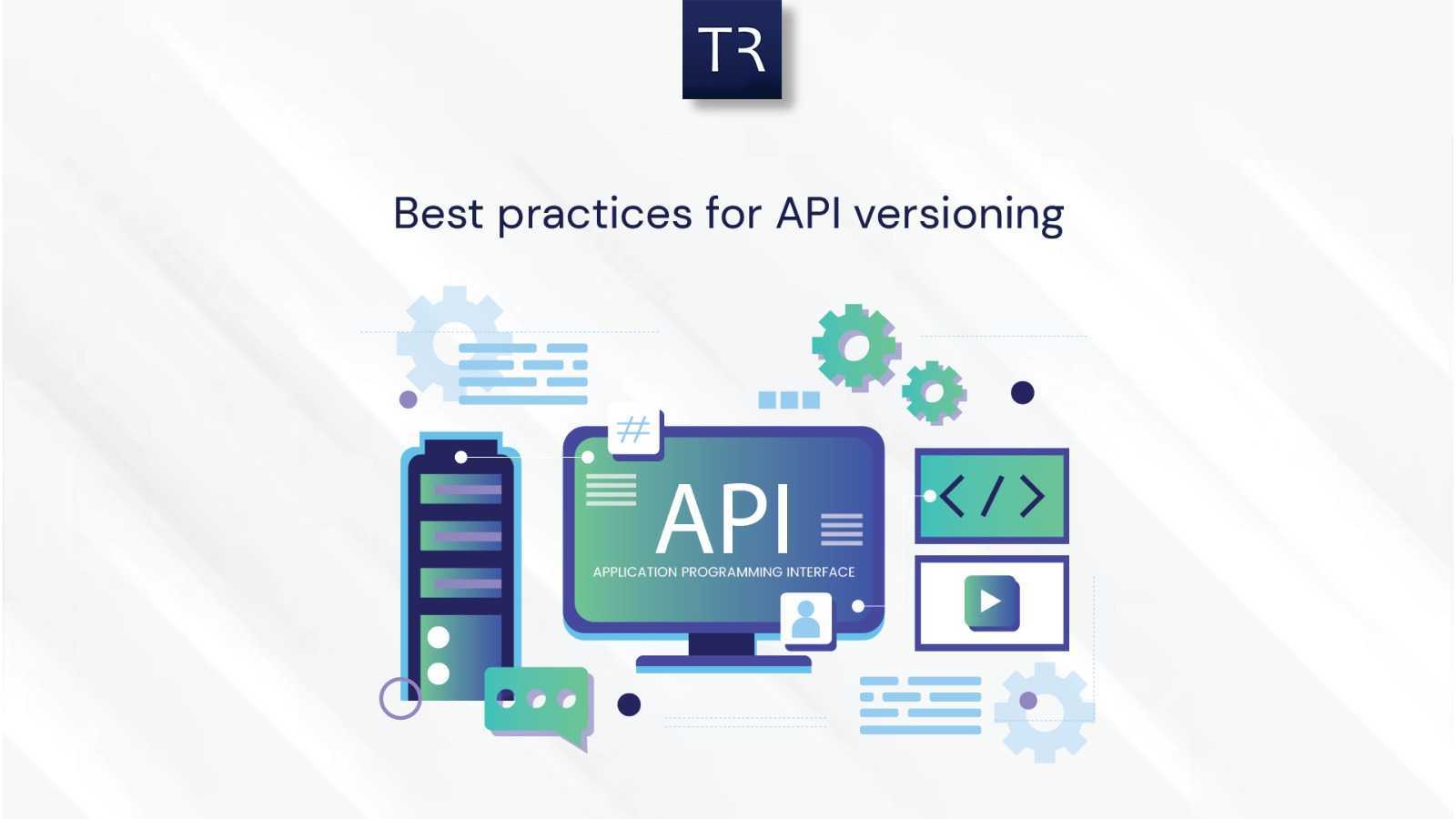Physical address:
573 Hutchinson Ln, Lewisville, TX 75077, USA.
API versioning is an important aspect of modern software development. It allows developers to continuously improve and extend APIs without breaking existing client integrations. API versioning best practices services serve as a road map for developers and enhance user experiences.
Whether you’re developing public or private APIs, following best practices in API versioning ensures a smooth transition between versions. It further improves the user experience.
Best practices to follow when implementing API versioning will be discussed and analyzed.
Table of contents
- API versioning best practices
- Use semantic versioning.
- Add versioning to the URL.
- Use HTTP headers to generate the version.
- Document all versions.
- Provide deprecation alerts.
- Version only when necessary.
- Support multiple versions (but limit the number).
- Provide a grace period.
- Versioning in database schema
- Test different API versions rigorously.
- Conclusion
Why is API versioning important?
APIs are the backbone of modern web and mobile applications. However, as business requirements change, APIs need to evolve. Versioning allows developers to introduce new features and fix bugs. It also improves performance without disrupting API-dependent services.
A poorly managed API version can lead to bad changes and frustrate users and partners who rely on your API.
API versioning best practices
Use semantic versioning.
It is one of the most widely use methods for versioning APIs. Semantic Versioning (SemVer). SemVer follows a conventional format. MAJOR.MINOR.PATCH:
- Major version: Introduction to breaking changes.
- Normal version: Adds new functionality without breaking existing features.
- screw version: Bug fixes or small, non-breaking updates.
Add versioning to the URL.
One of the most common ways to version APIs is via URLs. Having the version number in the URL keeps it straightforward and highly visible.
Clients can easily understand which version of the API they are using. This allows backward compatibility with this URL structure. Helping developers to maintain multiple versions of the API and phase out older versions.
Use HTTP headers to generate the version.
For more flexibility and cleaner URLs, some developers choose to include the version in the HTTP header instead of the URL.
This approach can be particularly useful for APIs that must maintain backward compatibility across multiple versions without cluttering the URL path.
This approach can make the API more future-proof but requires clients to properly manage HTTP headers.
Document all versions.
One of the most important aspects of API versioning is comprehensive documentation. Each version of your API should be well documented with clear information about deprecated features, new functionality, and breaking changes. Documentation should help users easily migrate from one version to another. Make sure that:
- List all API versions in one place.
- Provide relocation guides.
- Identify version deprecation timelines.
Provide deprecation alerts.
Obsolescence is inevitable as older versions of APIs are phased out. However, users must be given sufficient notice before deprecating a version. Provide deprecation alerts by:
- HTTP Header: Inform clients of impending depreciation.
- Email information: If the API is public or for a SaaS platform, notify users ahead of time.
- In the documents: Mention the depreciation schedule.
Related links you may find interesting
Version only when necessary.
Resist the temptation to version your API for every small change. Instead, version your API only when significant changes are introduced or backward compatibility is broken. Frequent versioning can confuse users and make maintenance more difficult. Use PATCH updates (according to SemVer) for small bug fixes or non-breaking changes.
Support multiple versions (but limit the number).
It’s best to support multiple API versions, especially if your API has a large number of users. However, avoid supporting many versions at once, as this can be difficult to maintain. Encourage users to upgrade to the latest version by providing migration paths, and limit the number of active versions to a manageable number (e.g., two or three).
Provide a grace period.
When deprecating an API version, give users enough time to transition to the new version. This “grace period” ensures that customers are not caught off guard and can plan their upgrades accordingly. A typical grace period can range from six months to a year, depending on the complexity of the changes.
Versioning in database schema
If your API relies on a database, make sure your schema supports versioning as well. Sometimes, changes in API versions can lead to database schema updates, which need to be manage in parallel. Carefully plan the schema migration, ensuring backward compatibility until the old API version is completely deprecated.
Test different API versions rigorously.
Testing is an important step in API versioning. Make sure each API version is thoroughly tested in different environments and use cases. Automate regression testing to verify that changes in new versions do not affect older versions, especially when multiple versions are support simultaneously.
Conclusion
API versioning is an integral part of API lifecycle management. Following these best practices will ensure that your API evolves smoothly without breaking clients’ applications.
When you choose versioning in URLs or HTTP headers or prefer semantic versioning. Clear communication and complete documentation are critical to success.
By following the API versioning best practices described here, you can maintain backward compatibility. With it, plan for future updates and offer a consistent experience to all your API users.


